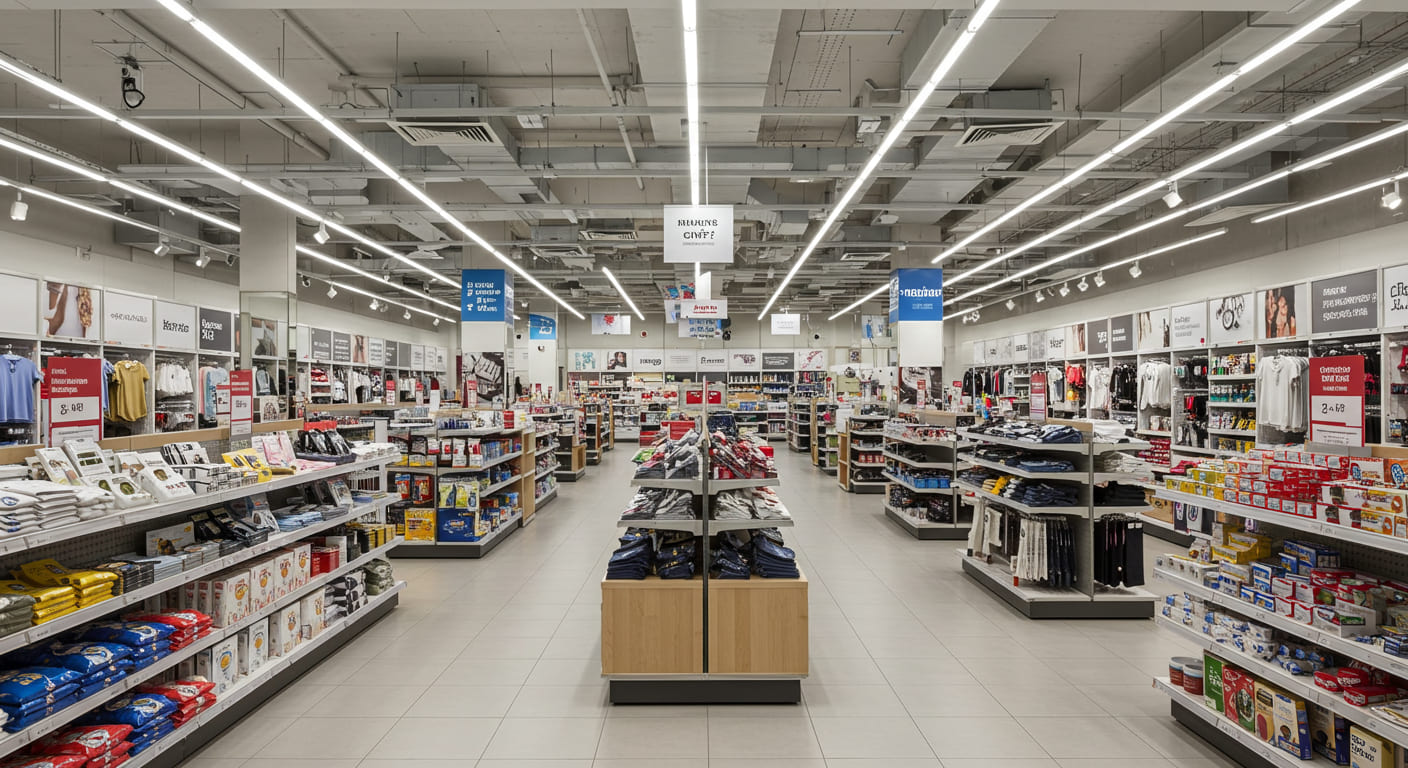
What Does Visual Merchandising Do?
Is your retail store just a room full of products? This lack of direction confuses customers, who quickly become overwhelmed and walk out, leaving potential sales on the table.
Visual merchandising1 transforms a store from a simple storeroom into a guided journey. It uses strategic displays2 and layout to grab attention, tell a story, and make customers excited to buy your products.

In my work as a factory owner, I see firsthand what visual merchandising does for a business. I don’t just build shelves and stands; I build sales tools. I work with designers like Mark who have a vision, and my team brings that vision to life. Visual merchandising is an active force. It works on your customers from the moment they see your store window until they leave with a shopping bag in hand. It’s a silent, powerful engine for your business.
What is the role of a visual merchandiser?
Do your products have a story but your store doesn’t show it? A store with great inventory but no creative direction feels disconnected and fails to build a strong brand identity1.
The role of a visual merchandiser2 is to be the brand’s storyteller and strategist inside the store. They design layouts, create window displays, and style products to create a cohesive and profitable shopping environment.
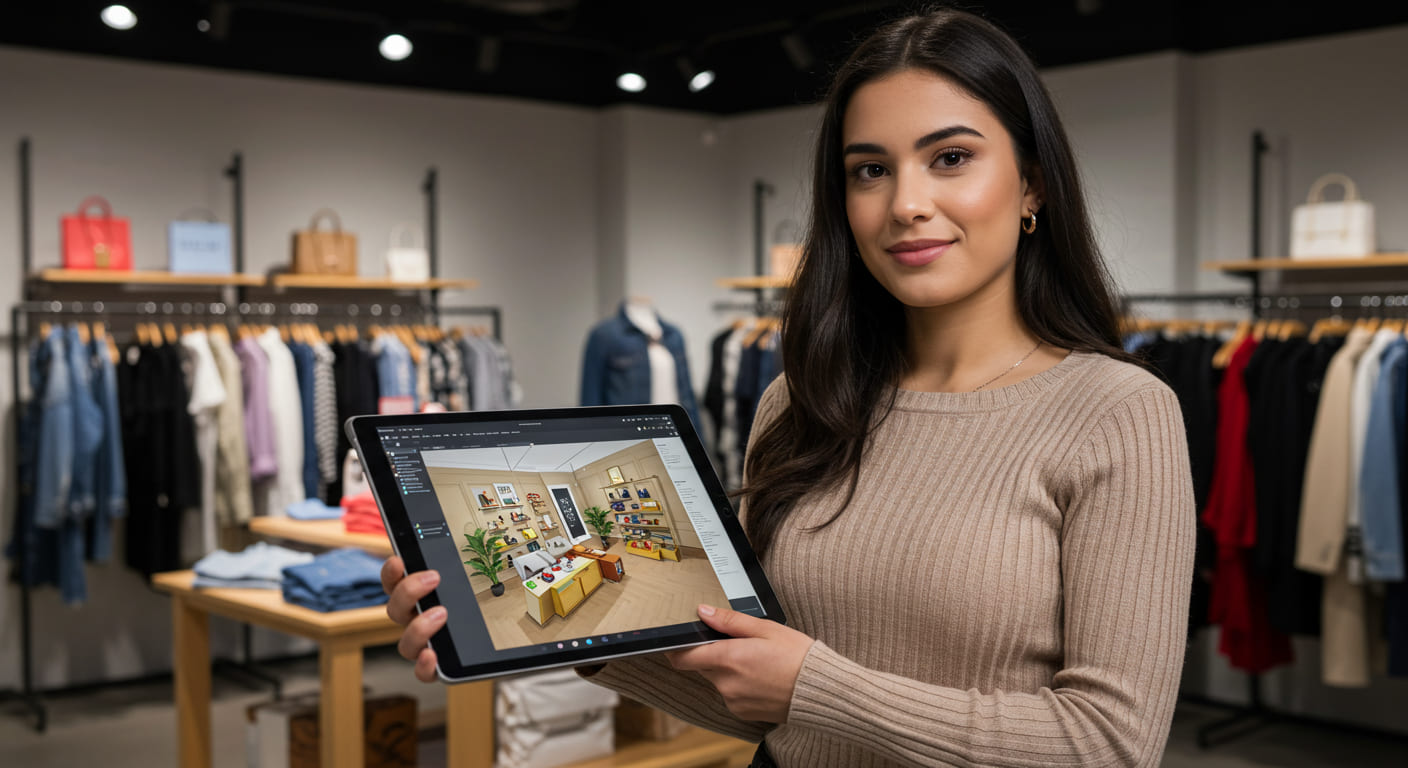
Dive Deeper
A visual merchandiser is a unique blend of artist and business person. They are responsible for everything the customer sees. Their job starts with the big picture: the store’s overall floor plan. They decide where customers will walk to maximize their exposure to key products. Then, they zoom in on the details, like designing a specific end cap display or styling mannequins. A designer might come to my team with an idea for a "rugged, outdoor-themed" display. They have the vision. My role as a manufacturer is to help them realize it practically. My engineers might suggest using a cost-effective but durable wood-look laminate instead of solid oak, and using blackened steel frames to complete the rugged look. We are the bridge between their creative vision and a functional, affordable reality. The hardworking teams in China are experts at this kind of problem-solving, making us a key partner for any visual merchandiser.
What is the purpose of visual merchandising?
Are customers just walking in and out of your store without buying? If they aren’t engaging with your products, your store is just a walkthrough, not a place of business.
The main purpose of visual merchandising1 is to increase sales2. It achieves this by making products look irresistible, creating an enjoyable shopping journey, and encouraging customers to buy more than they planned.
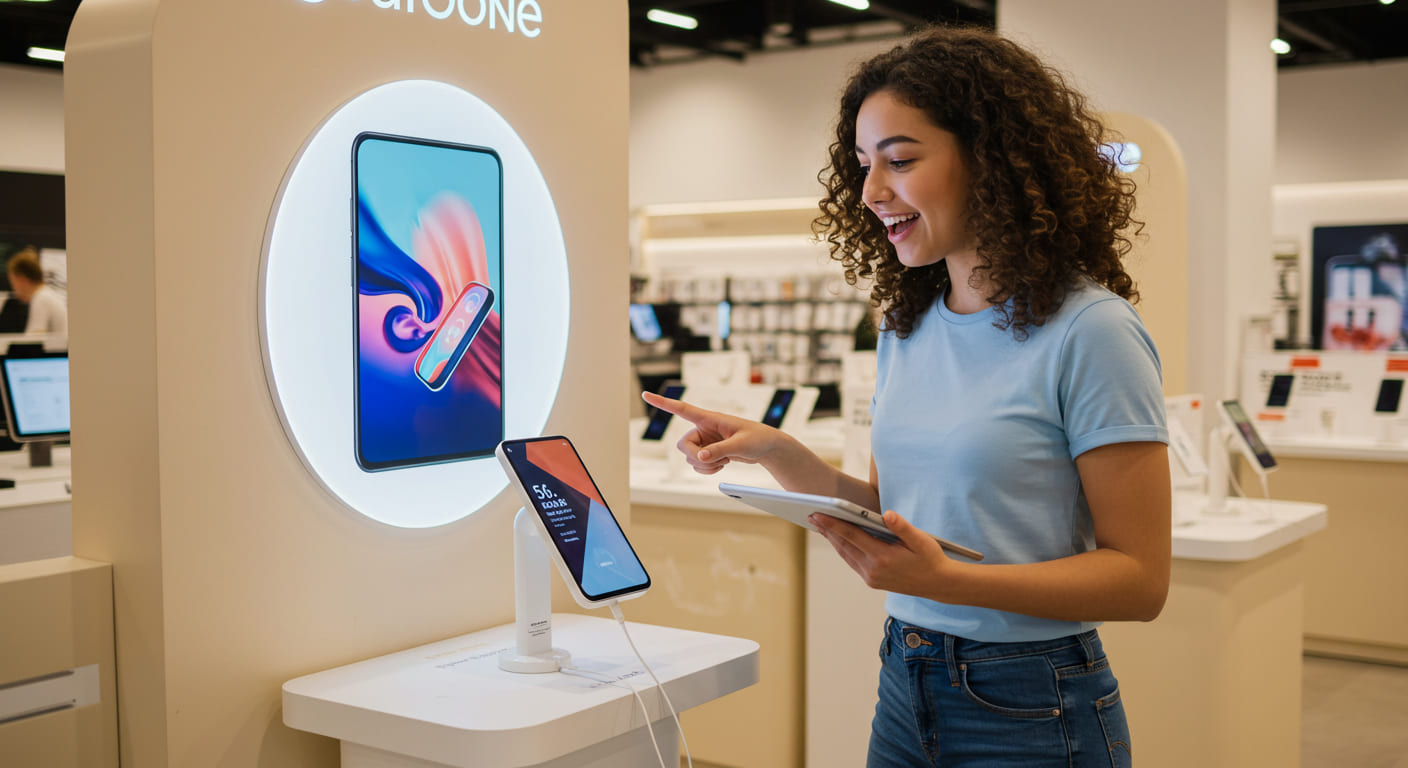
Dive Deeper
While the ultimate purpose is always to boost the bottom line, visual merchandising does several jobs to get there. First, it acts as a silent salesperson. A great display can communicate a product’s benefits without a single word from a staff member. Second, it educates the customer. We once built a display for a coffee brand that showcased their beans. We designed it with small, clear containers for the different beans and added simple graphics explaining the origin and flavor profile of each. The display didn’t just sell coffee; it taught customers about it, making them feel like experts. Third, it makes shopping easier and more fun. A well-organized store feels good to be in. When a customer can easily find what they want and discover new things along the way, they are more likely to buy and, importantly, to come back again.
Is visual merchandising a hard job?
Do you think visual merchandising is just folding sweaters and dressing mannequins? This misunderstanding ignores the difficult mix of skills needed, which can lead to poorly executed, costly brand failures.
Yes, visual merchandising is a very hard job. It demands a rare combination of artistic creativity, analytical thinking, physical stamina, and strong project management skills to succeed under tight deadlines and budgets.
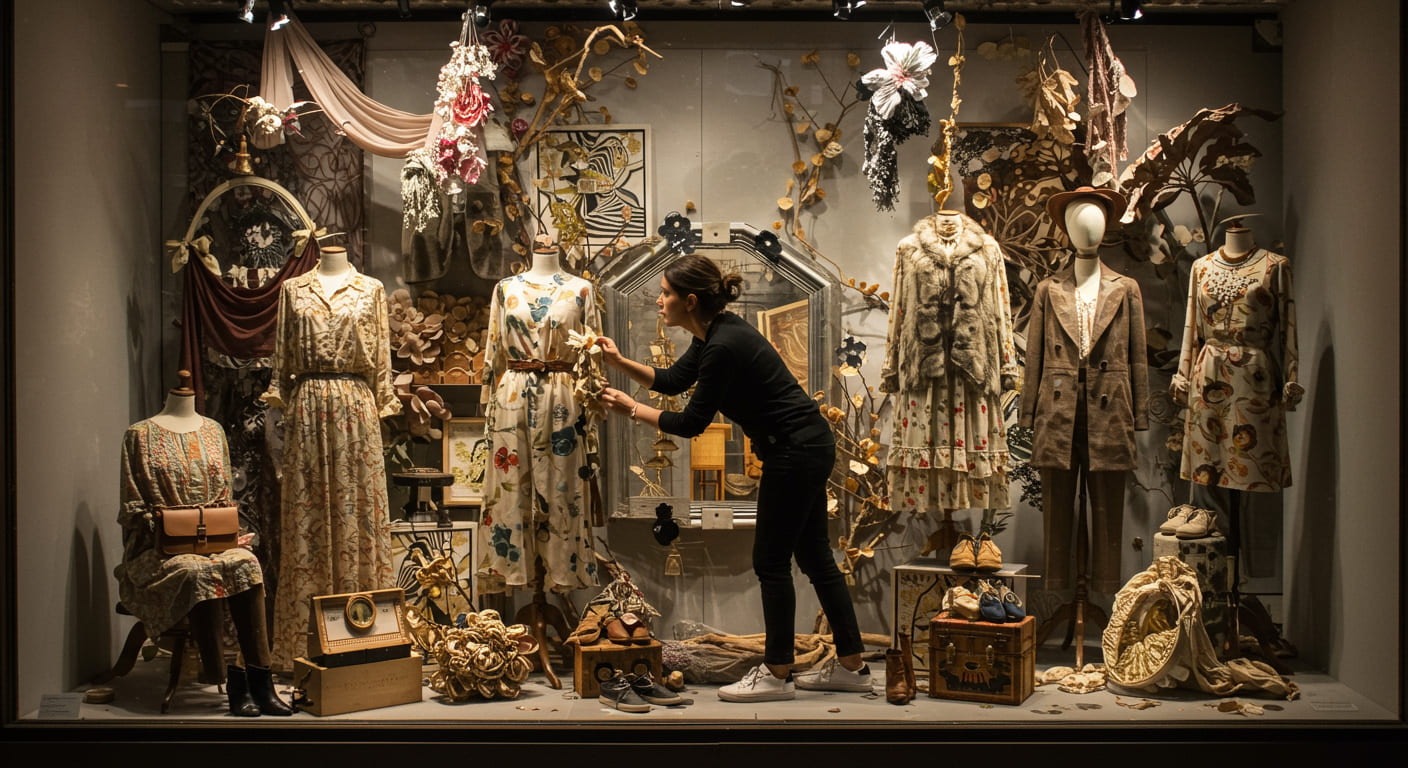
Dive Deeper
It’s one of the most misunderstood roles in retail. It is incredibly challenging. First, a visual merchandiser must be creative on a budget. They might have a brilliant idea for a display, but they have to make it work within strict cost limits. This is where a partnership with a good supplier is critical. I talk to designers every day who say, "I want this to look like solid marble." I can reply, "No problem. We can get you that exact look with a high-resolution print on a durable wood composite for a fraction of the cost." Second, it is a very physical job. It involves climbing ladders, moving heavy fixtures, and working long hours, often overnight, to get a store ready. Third, the pressure is intense. They are directly responsible for how the brand is seen and for driving sales, all while facing constant deadlines. That’s why having a reliable supplier you can call anytime matters so much. A good, hardworking partner can make a very hard job much easier.
What is the goal of a visual merchandiser?
Does your store look nice but still fail to hit its sales targets? If so, your visual merchandising is just pretty decoration, not a strategic tool that is actively driving your business forward.
The ultimate goal of a visual merchandiser is to use visual strategy to achieve commercial success. This means turning browsers into buyers, increasing the average sale value, and building a strong brand identity.
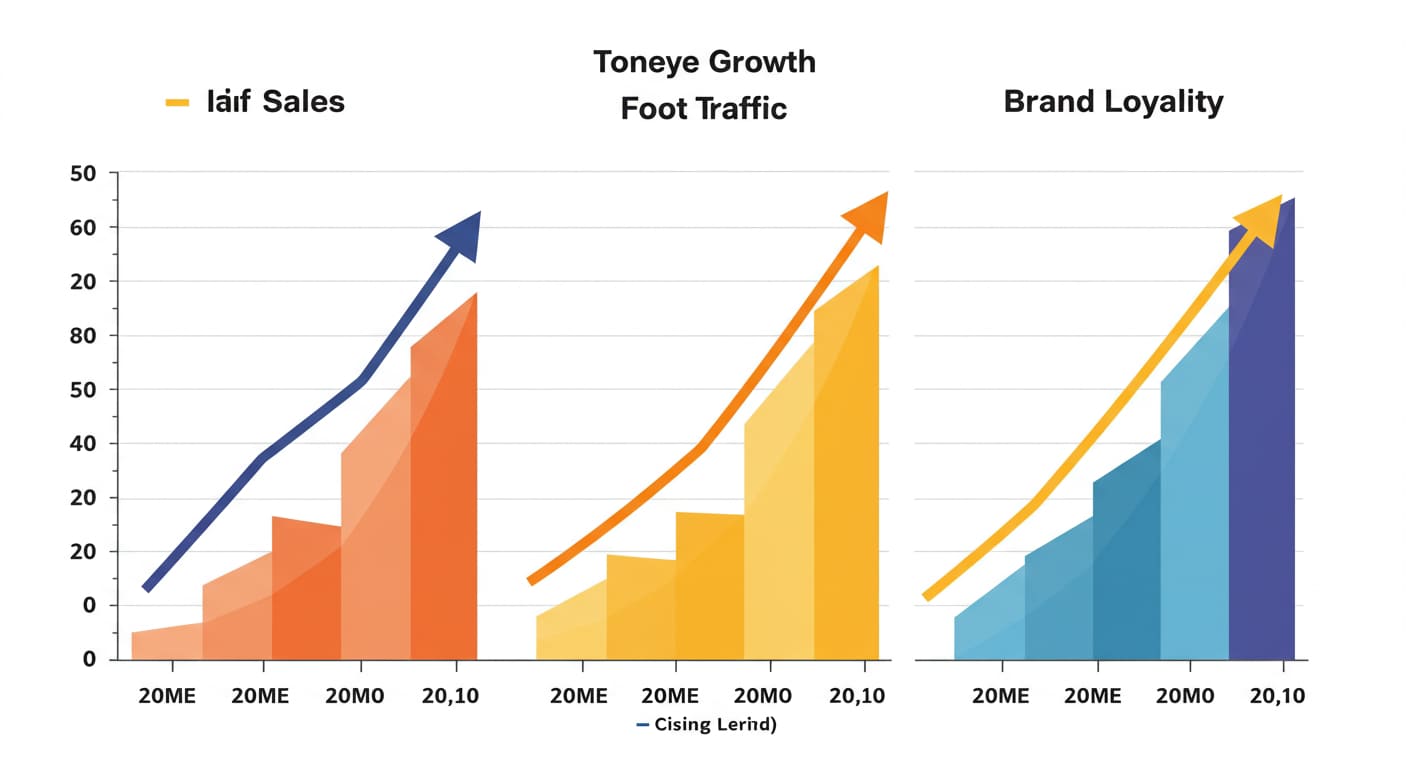
Dive Deeper
A visual merchandiser has several clear, business-focused goals. Their work is measured by results. The first goal is to convert foot traffic into sales. The displays must stop people and convince them to buy. The second goal is to increase the Average Transaction Value (ATV). This is done through strategic product placement, like putting accessories next to a main product. The third, and perhaps most important long-term goal, is to build a memorable brand experience. A store that feels unique and special makes customers want to return. This is where I get really excited for my clients. When a visual merchandiser visits our factories in China, they find new inspiration to achieve these goals. They might discover a new sustainable material or see a new way to integrate digital screens into a fixture. This trip gives them new tools and ideas to create displays that don’t just look good, but achieve their ultimate goal: making the business more successful.
| Goal | Description | How It’s Achieved |
|---|---|---|
| Increase Sales | Convert browsers into buyers. | Compelling displays, clear call-to-actions. |
| Boost ATV | Encourage customers to buy more items. | Strategic cross-merchandising, add-on suggestions. |
| Build Brand Loyalty | Create a memorable experience. | A unique and consistent store aesthetic. |
Conclusion
Visual merchandising does the critical work of turning a physical space into a dynamic sales engine. It uses strategy and creativity to increase sales, build your brand, and create a lasting connection with your customers.